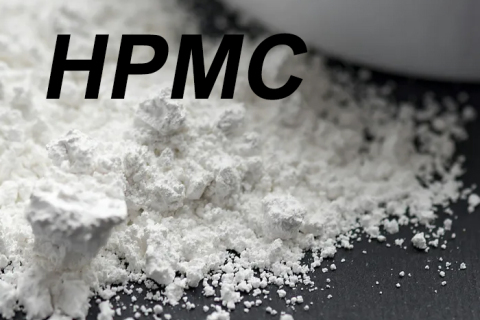
- Home
- >
News
Hydroxypropyl Methyl Cellulose (HPMC) is a high-performance cellulose ether widely used in dry-mix mortar formulations. Its multifunctional role in water retention, workability enhancement, thickening behavior, and open time extension makes HPMC one of the indispensable additives in today’s construction materials. This article explains the technical mechanisms of HPMC and its contribution to consistent mortar performance and long-term durability.
Polycarboxylate Superplasticizer Powder (PCE Powder) is a new-generation water-reducing agent developed for high-performance dry-mix mortar applications such as self-leveling compounds, tile adhesives, grouts, and repair mortars.
In modern building exterior wall systems, External Wall Insulation Mortars (EWIM) and Skim Coats are critical for ensuring both the thermal performance and aesthetic finish of the system. However, whether it's a thick layer of insulation mortar or a thin layer of skim coat, efficient application on vertical surfaces demands extremely high standards for the material's workability and sag resistance. Hydroxypropyl Methyl Cellulose (HPMC), an indispensable polymer additive, is the secret weapon for achieving these crucial rheological properties.
As a white, odorless, non-toxic powder, HPMC significantly improves the performance of various building materials such as dry-mix mortars, tile adhesives, self-leveling compounds, and wall putty.
Hydroxypropyl Methyl Cellulose (HPMC) is a non-ionic cellulose ether derived from natural cellulose through chemical modification. It is a non-toxic, odorless, white to off-white powder that dissolves in cold water to form a transparent, viscous solution. Due to its unique chemical structure, HPMC imparts several key properties to dry-mix mortars: thickening, water retention, dispersion, and film-forming. These characteristics make it an indispensable additive in mortars based on cement, gypsum, and other materials.
In the modern construction industry, where efficiency and quality are paramount, advances in material science play a critical role. Among these, Hydroxypropyl Methylcellulose (HPMC), a high-performance polymer additive, has become an indispensable component in numerous advanced building material formulations.
When it comes to commercial polished concrete floors, aesthetics and long-term performance are critical. From shopping malls to airport terminals, businesses are increasingly turning to lithium silicate concrete densifiers to ensure their floors are not only visually stunning but also built to last.
In the construction industry, putty peeling and mortar cracking are common issues that affect aesthetics and pose potential safety risks. HPMC, as an efficient construction chemical additive, provides reliable solutions to these challenges.
Hydroxypropyl Methyl Cellulose (HPMC), a versatile cellulose-derived polymer, is a critical additive in construction materials. Widely used in tile adhesives, cement mortars, and plasters, HPMC (Hydroxypropyl Methyl Cellulose) enhances workability, water retention, and durability. Its ability to modify viscosity and improve material performance makes it essential for achieving high-quality results. As a supplier, we provide HPMC (Hydroxypropyl Methyl Cellulose) tailored for efficiency and sustainability.
Hydroxypropyl Methylcellulose (HPMC) is an essential additive in modern dry-mix construction materials. As a high-performance cellulose ether, HPMC improves water retention, enhances workability, and provides consistency in various mortar systems.
HPMC is more than just a water retainer. It's a versatile polymer boosting efficiency and quality in your projects.
HPMC (Hydroxypropyl Methylcellulose) is a versatile functional additive widely used in the building materials industry. HPMC's excellent bonding properties, water retention, and workability make it an indispensable component in construction applications. This article will explore the use of HPMC in building materials and analyze how it solves common industry problems.












